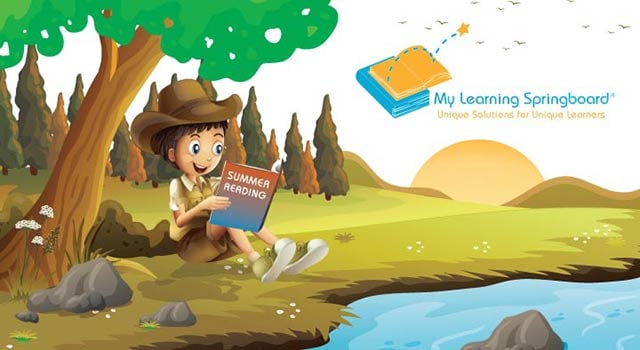 Summer tutoring can be a controversial topic. There are many people who believe students deserve a complete 7-10 week break over the summer because they work so hard during the year. There are just as many people who feel students don’t work hard enough, or at least should be working continuously for 12 months in order to remain competitive. A reasonable place to land is somewhere in the middle. For many of our students, summer is the one sustained time period for exercising their independence, their imagination, and their bodies. The boys we’re tutoring at camp, for example, play sports 7 days a week, all day long, and they couldn’t be happier! But even in this scenario, there are creative solutions to integrating tutoring in order to avoid the summer slide.
Summer tutoring can be a controversial topic. There are many people who believe students deserve a complete 7-10 week break over the summer because they work so hard during the year. There are just as many people who feel students don’t work hard enough, or at least should be working continuously for 12 months in order to remain competitive. A reasonable place to land is somewhere in the middle. For many of our students, summer is the one sustained time period for exercising their independence, their imagination, and their bodies. The boys we’re tutoring at camp, for example, play sports 7 days a week, all day long, and they couldn’t be happier! But even in this scenario, there are creative solutions to integrating tutoring in order to avoid the summer slide.
Students performing at or above grade level with access to a rigorous curriculum and quality instruction during the school year can excel in September with a manageable practice plan over the summer months. On the other hand, students performing below grade level have a critical need for summer academic practice that’s more intensive. As long as the action plan is thoughtful and individualized, summer vacation is a great opportunity to close academic gaps and even get ahead.
Whether we’re working with students at day camps, sleepaway camps, or in summer academic programs, there are lots of different ways to incorporate academic practice in meaningful ways. The American Camping Association launched a program in 2011 called Explore 30 Camp Reading Program. The goal of the program is to promote reading at camp on a daily basis for 30 minutes, either formally or informally. When camps adopt this practice, they put a value on reading that benefits EVERY camper and staff member. When a camper sees his or her counselor engaged in reading as a leisure activity, it sends a powerful message that reading is important and pleasurable. Beyond providing camp-wide independent reading time, camps also have the ability to offer book clubs as a free choice activity. There are many campers who would love this option, and book clubs support community building and social skills development. Another opportunity for camps is optimizing the evening read aloud experience in cabins. If counselor training included best practices for sharing read alouds and facilitating literary discourse, we would see bedtime used much more effectively as a meaningful and authentic learning opportunity.
For students at home in the summer or attending day camps, academic practice can be integrated into the schedule in lots of different ways. Private tutoring is certainly an option and may provide the necessary structure, but families can also support learning on their own through games, family reading time, cooking activities, and some straightforward skill practice online or in workbooks. Setting aside 15-20 minutes at least 3-4 times per week would have a positive impact and help students to return to school in the fall ready to tackle new instruction that builds from the previous grade levels. Students who are struggling likely need more specialized support that complements the school’s curriculum, and it may be advisable for families to work with a reading specialist or math specialist.
If your child has been taking it pretty easy in June and July, we recommend stepping it up for the remainder of the month and August. Much like playing an instrument, using a second language, or excelling in athletics, it takes practice and repetition to master academic skills. Those students who consistently practice perform better and more confidently in the classroom.
By Brad Hoffman, M.S.Ed.Board Certified Educational Planner and Learning Specialist
My Learning Springboard
 In order to get
In order to get  This summer
This summer  In tenth grade, my class had a group meeting with my high school’s college guidance counselor about
In tenth grade, my class had a group meeting with my high school’s college guidance counselor about  In my own experience, I have found that encouraging intuitive understanding in mathematics tends to overwhelm many students. They show little interest, often asking if they can just memorize it or learn a trick. While memorization presents an easy way to get a good score on a test or complete homework, it can create a foundational gap that becomes evident when students encounter higher levels of math.
In my own experience, I have found that encouraging intuitive understanding in mathematics tends to overwhelm many students. They show little interest, often asking if they can just memorize it or learn a trick. While memorization presents an easy way to get a good score on a test or complete homework, it can create a foundational gap that becomes evident when students encounter higher levels of math.